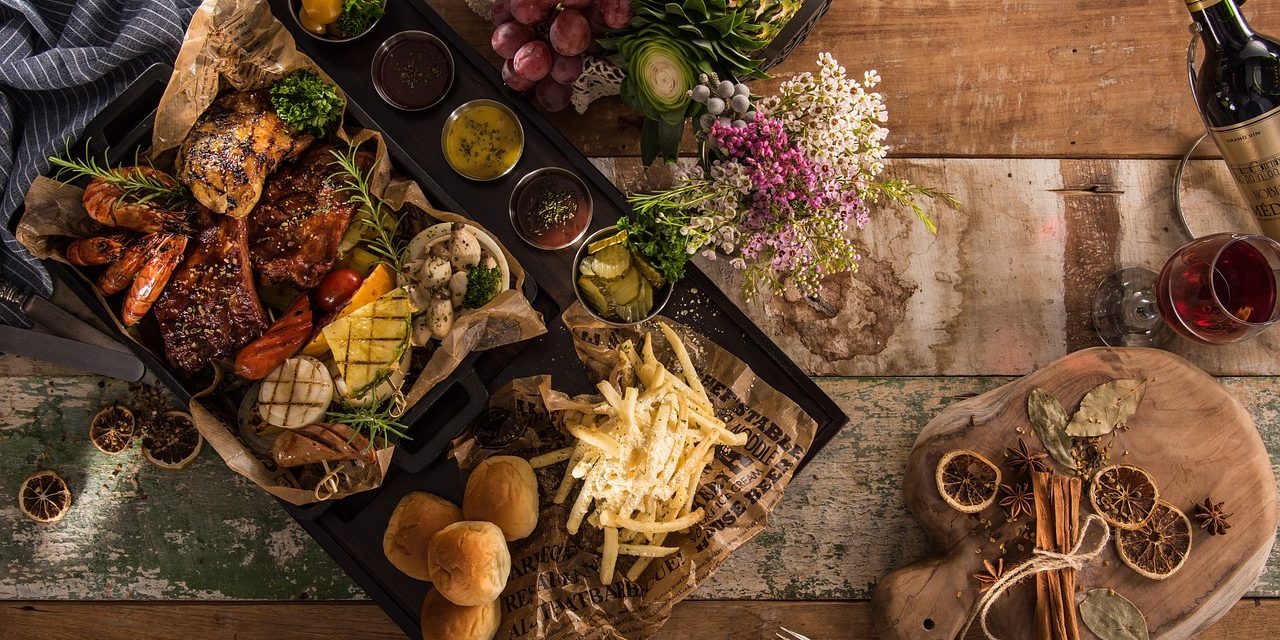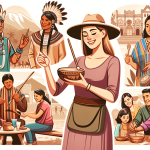So you’ve found yourself in Zambia, curious about the local cuisine. Well, get ready to embark on a tantalizing journey for your taste buds. Zambia offers a vibrant and diverse culinary landscape, influenced by the country’s rich cultural heritage and agricultural resources. From mouthwatering traditional dishes like nshima and biltong to the abundance of fresh fruits and vegetables, the local cuisine in Zambia is a delightful blend of flavors, spices, and techniques that will leave you craving for more. So, let’s dig in and explore the delicious world of Zambian food!
Traditional Zambian Dishes
Zambia, a landlocked country in southern Africa, boasts a rich culinary heritage with a variety of traditional dishes that reflect the country’s diverse cultures and natural resources. From staple foods to delicacies, Zambian cuisine offers a unique blend of flavors and textures. Here are some traditional Zambian dishes that you should definitely try:
Nshima
Nshima is undoubtedly the most common and beloved dish in Zambia. It is a thick, stiff porridge made from maize meal, similar to the sadza in neighboring Zimbabwe or the ugali in Kenya. Nshima is often eaten with various types of relish, such as vegetables, meat, or fish. It is a filling and nutritious staple food that forms the foundation of many Zambian meals.
Ifisashi
Ifisashi is a mouthwatering vegetarian dish that is made from green vegetables, such as pumpkin leaves or kale, cooked in a peanut sauce. The vegetables are usually boiled and then combined with groundnuts, onions, tomatoes, and various spices. The result is a creamy and flavorful dish that is often served with nshima or rice.
Impwa
Impwa, also known as African eggplant, is a versatile ingredient that is used in many Zambian dishes. When cooked, impwa takes on a soft and slightly mushy texture, similar to that of cooked potatoes. It is often stewed with tomatoes, onions, and spices to create a delicious and hearty dish. Impwa can be served as a main course or a side dish.
Kapenta
Kapenta is a type of small freshwater fish that is abundant in Zambia’s lakes and rivers. It is a popular ingredient in Zambian cuisine and is often dried, salted, and fried. The crispy and flavorful kapenta is typically served with nshima and a tangy tomato sauce. It is a dish that showcases the country’s rich aquatic resources.
Chikanda
Chikanda, also known as African polony or African sausage, is a unique Zambian delicacy made from groundnuts (peanuts) and tubers of the African orchid. The tubers are boiled, dried, and pounded into a powder, which is then mixed with groundnuts, spices, and water to form a thick paste. The paste is shaped into small balls and fried until crispy. Chikanda has a distinct nutty flavor and is often enjoyed as a snack or appetizer.
Meat Dishes
Zambia is known for its flavorful and hearty meat dishes, which are enjoyed by both locals and visitors. The country’s diverse agricultural practices and grazing lands contribute to the availability of a wide range of meats. Here are some mouthwatering meat dishes that you must try when in Zambia:
Bemba Stew
Bemba stew, also known as “inkoko ya kaomba,” is a popular chicken stew in Zambia, especially among the Bemba people. The stew is made by slow-cooking chicken pieces with onions, tomatoes, garlic, and a blend of traditional spices. The result is a savory and aromatic dish that is often served with nshima or rice.
Zambezi Bream
Zambia is blessed with an abundance of freshwater fish, and one of the most prized varieties is the Zambezi bream. This delicate and flavorful fish is often grilled or stewed with tomatoes, onions, and spices. The bream’s tender flesh and mild flavor make it a favorite choice among seafood lovers in Zambia.
Chicken Chikwanda
Chicken chikwanda is a mouthwatering chicken dish that originates from the Kaonde people in northwestern Zambia. The chicken is marinated in a flavorful blend of spices, including ginger, garlic, chili, and traditional herbs. It is then deep-fried until crispy and served with nshima or rice. The dish is known for its bold flavors and crunchy texture.
Goat Stew
Goat stew, or “nkoko yasumbu,” is a popular dish in Zambia, particularly in the rural areas. The tender and succulent meat is slow-cooked with onions, tomatoes, garlic, and a medley of aromatic spices. The result is a rich and flavorful stew that is usually served with nshima or rice. Goat stew is a favorite choice during special occasions and celebrations.
Kapenta with Tomatoes
Kapenta, as mentioned earlier, is a small freshwater fish that is widely consumed in Zambia. One popular way to enjoy kapenta is by stewing it with tomatoes, onions, garlic, and spices. The sauce is simmered until thick and flavorful, allowing the fish to absorb all the delicious flavors. Kapenta with tomatoes is often served with nshima or rice, making it a delicious and satisfying meal.
Roasted Guinea Fowl
Guinea fowl is a game bird that is native to Zambia and is commonly consumed for its tender and flavorful meat. The fowl is marinated in a mixture of spices, including garlic, ginger, chili, and herbs. It is then roasted until golden brown, resulting in a juicy and succulent meat with a crispy skin. Roasted guinea fowl is often enjoyed during festive occasions and gatherings.
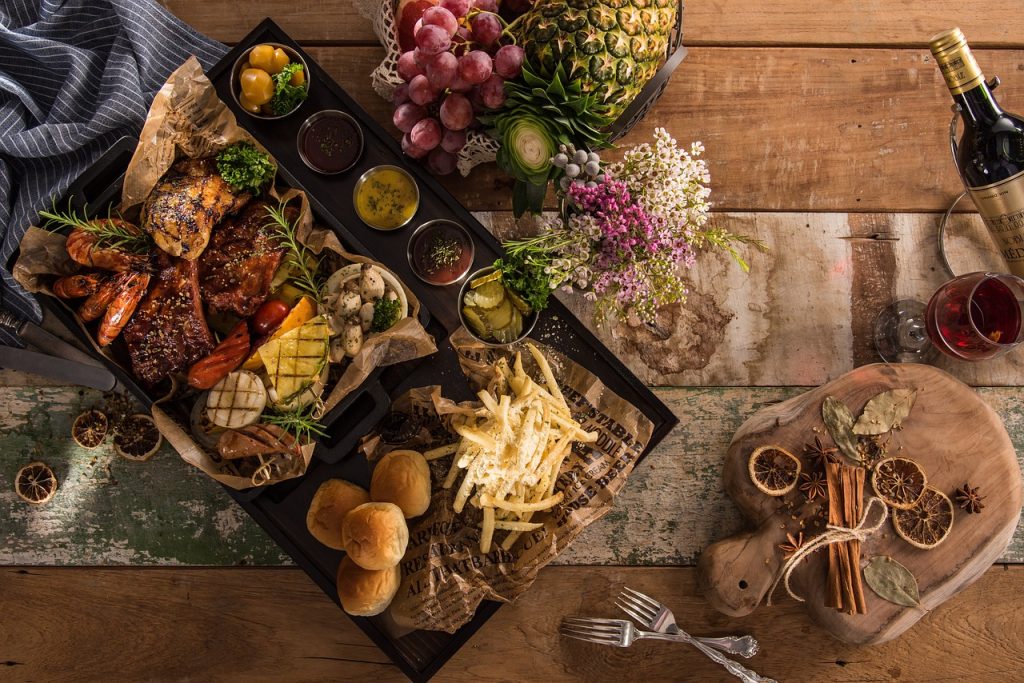
Fish and Seafood
With its proximity to the Zambezi River, lakes, and other water bodies, Zambia is a haven for fish and seafood lovers. The country’s fresh and abundant aquatic resources offer a wide range of flavors and culinary possibilities. Here are some popular fish and seafood dishes in Zambia:
Zambezi Bream
The Zambezi bream, also mentioned earlier, is a prized fish that is loved for its delicate flavor and tender flesh. It is often grilled, fried, or stewed with a variety of ingredients, such as tomatoes, onions, garlic, and traditional spices. The bream’s mild taste pairs well with the bold flavors of Zambian cuisine, making it a favorite choice among locals and visitors.
Ntembwatu
Ntembwatu is a traditional Zambian dish that consists of dried fish. The fish is first salted and sun-dried to preserve it, and then it is rehydrated and cooked with onions, tomatoes, garlic, and spices. The result is a flavorful and savory dish that showcases the unique taste of dried fish. Ntembwatu is often served with nshima or rice, providing a balanced and satisfying meal.
Kapenta
Kapenta, as previously mentioned, is a small freshwater fish that is abundant in Zambia’s lakes and rivers. It is a versatile ingredient that can be prepared in various ways, including frying, stewing, or drying. The crispy and flavorful kapenta pairs well with different sauces and relishes, adding a delightful burst of flavor to any meal.
Chambo
Chambo is another popular fish in Zambia, especially in the Lake Malawi region. It is a large and firm-fleshed fish that is commonly grilled or fried. Chambo’s mild and sweet taste makes it a favorite choice among locals and tourists alike. It is often served with nshima and accompanied by a side of vegetables or relish.
Congolese Tilapia
The Congolese tilapia is a species of tilapia that is commonly found in Zambia’s rivers and lakes, including the Zambezi River. It is a freshwater fish with a mild and buttery flavor. Congolese tilapia is often fried or grilled and served with a squeeze of lemon or lime juice. Its firm and flaky flesh makes it a versatile choice for various cooking methods.
Vegetarian Delights
Zambian cuisine offers a plethora of vegetarian dishes that are both flavorful and nutritious. From leafy greens to legumes, there are plenty of options for vegetarian food lovers in Zambia. Here are some vegetarian delights that you should try:
Ifisashi
Ifisashi, which was mentioned earlier, is a delicious vegetarian dish made from green vegetables, such as pumpkin leaves or kale. The vegetables are cooked until tender and then combined with groundnuts, onions, tomatoes, and spices to create a creamy and flavorsome dish. Ifisashi is often served with nshima or rice, providing a well-rounded and satisfying meal.
Dried Beans with Groundnuts
Dried beans, such as red kidney beans or cowpeas, are a staple in Zambian cuisine. They are often soaked overnight, cooked until tender, and then combined with groundnuts, onions, tomatoes, and various spices. The result is a hearty and protein-rich dish that can be enjoyed on its own or as a side dish.
Kapenta with Tomatoes
As mentioned earlier, kapenta is a versatile ingredient that can be enjoyed by both meat lovers and vegetarians. One popular way to prepare kapenta for vegetarians is by stewing it with tomatoes, onions, garlic, and spices. The tangy and flavorful sauce complements the fish perfectly, creating a mouthwatering dish that can be enjoyed with nshima or rice.
Pumpkin Leaves with Peanuts
Pumpkin leaves are a common vegetable in Zambia and are often used in traditional dishes. They are cooked until tender and then combined with groundnuts, onions, tomatoes, and spices to create a delicious and nutritious dish. Pumpkin leaves with peanuts offer a combination of flavors and textures that is sure to satisfy any vegetarian palate.
Chikanda
Chikanda, mentioned earlier, is a unique Zambian delicacy that can be enjoyed by vegetarians as well. Made from groundnuts and tubers of the African orchid, chikanda is a flavorful and nutritious dish that is often served as a snack or appetizer. Its nutty flavor and chewy texture make it an interesting addition to any vegetarian meal.
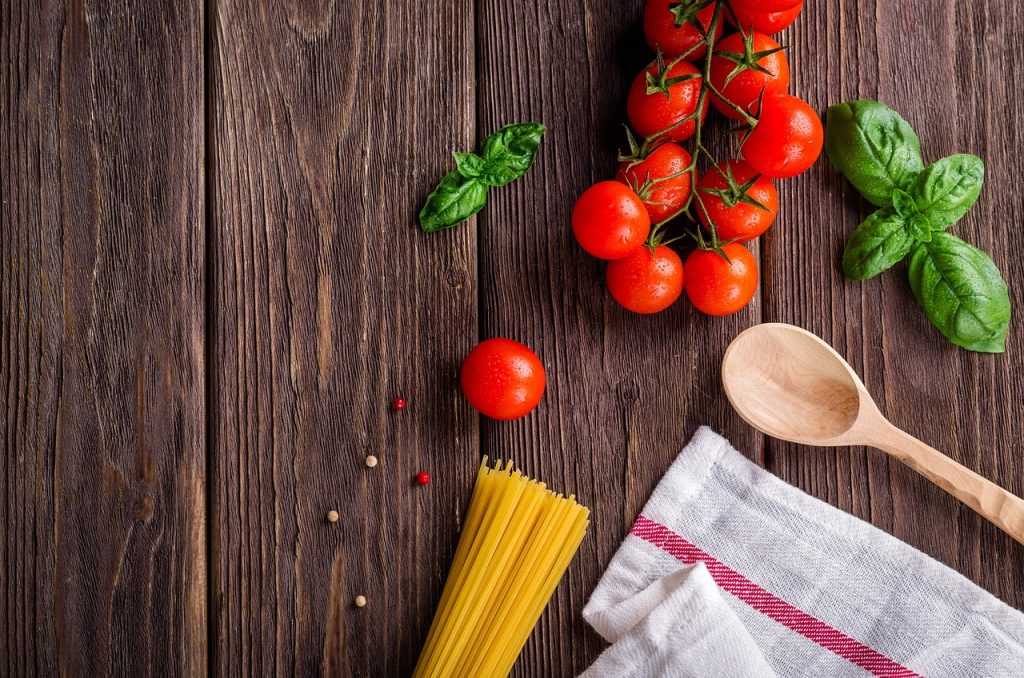
Snacks and Street Food
In addition to its diverse range of main dishes, Zambia offers a variety of snacks and street food that are perfect for quick bites or on-the-go meals. These snacks showcase the country’s culinary creativity and are often enjoyed by locals and visitors alike. Here are some popular snacks and street food in Zambia:
Nshima with Relish
Nshima, as previously mentioned, is a staple food in Zambia that is often enjoyed with various types of relish. When served as a snack or street food, nshima is usually shaped into smaller portions and eaten with a flavorful relish on the side. Common relishes include stewed vegetables, meat or fish, and spicy sauces.
Roasted Corn
Roasted corn, also known as “mekoyo,” is a popular street food in Zambia. Corn on the cob is seasoned with salt, pepper, and sometimes chili powder, and then roasted over an open fire. The result is a delightful snack with a smoky flavor and a crunchy texture. Roasted corn is often enjoyed during festivals and outdoor gatherings.
Fried Caterpillars
Fried caterpillars, known as “inswa” in Zambia, are a unique and protein-rich snack that is enjoyed by many locals. They are usually harvested during the rainy season when caterpillars are abundant. The caterpillars are often fried until crispy and seasoned with spices, creating a crunchy and savory snack with an interesting taste.
Smoked Fish
Smoked fish is a popular snack in Zambia, especially in areas located near lakes and rivers. It involves smoking fresh fish over a wood fire, which imparts a distinct smoky flavor to the fish. Smoked fish is often enjoyed on its own or used as an ingredient in other dishes such as salads or sandwiches.
Boiled Eggs with Chili
Boiled eggs with chili, known as “mafuwe,” are a simple yet satisfying snack in Zambia. Hard-boiled eggs are seasoned with salt, pepper, and chili powder, adding a spicy kick to the creamy yolk. It is a popular street food that can be enjoyed on its own or paired with nshima or bread.
Beverages
Zambia offers a variety of unique and refreshing beverages that are perfect for quenching your thirst on hot days or complementing a flavorful meal. From traditional fermented drinks to modern soft drinks, there is something to suit everyone’s taste. Here are some popular Zambian beverages:
Maheu
Maheu is a traditional Zambian drink made from fermented maize meal. It is a thick and slightly sweet beverage that is often flavored with ingredients such as sugar, vanilla, and cinnamon. Maheu is enjoyed chilled and is a popular choice among locals, especially during hot weather.
Chibuku Shake Shake
Chibuku Shake Shake is a traditional Zambian beer that is brewed from maize, sorghum, and water. It has a thick and slightly gritty texture, similar to that of a milkshake. Chibuku Shake Shake is often enjoyed at social gatherings and is a staple drink in many rural areas of Zambia.
Mosquito Beer
Mosquito beer, also known as “Lion Lager,” is a popular commercially brewed beer in Zambia. It is a light and refreshing lager that is enjoyed by many locals and visitors alike. Mosquito beer pairs well with spicy Zambian dishes and is often the beverage of choice at bars and restaurants.
Tujilijili
Tujilijili is a traditional Zambian spirit made from fermented sugar cane juice or sorghum. It has a high alcohol content and is often consumed in small shots. Tujilijili is known for its strong and potent taste and is popular among young adults in Zambia. It is often enjoyed at social gatherings and celebrations.
Munkoyo
Munkoyo is a traditional Zambian drink made from the roots of the maheu tree. It is a tangy and slightly fermented beverage that is often flavored with sugar or honey. Munkoyo is believed to have medicinal properties and is commonly consumed during traditional ceremonies and rituals.
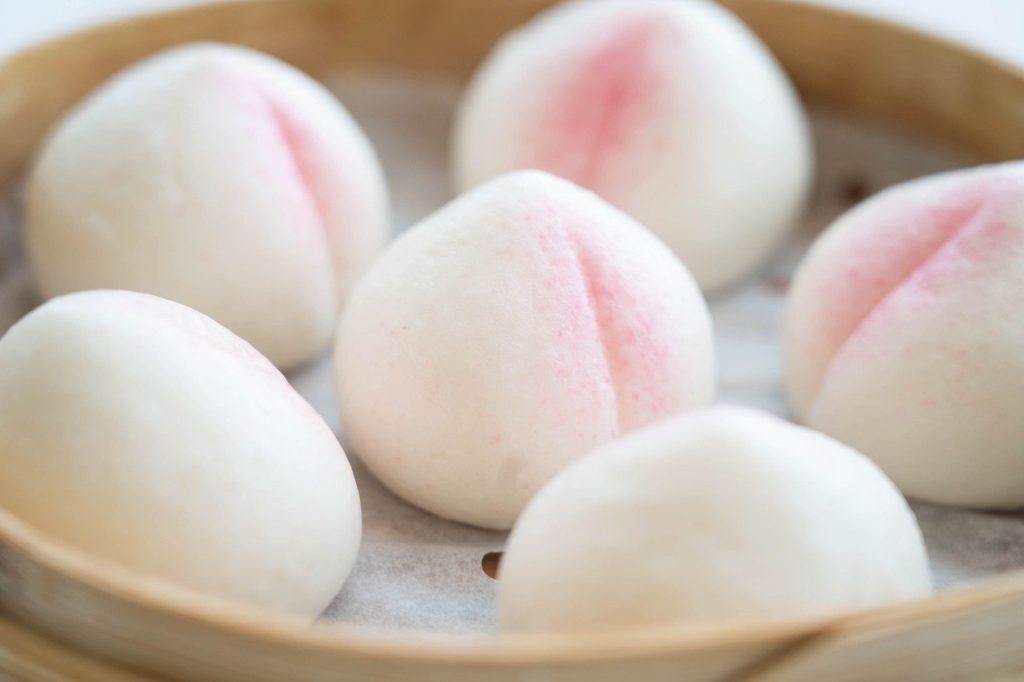
Zambian Delicacies for Special Occasions
Zambian cuisine has a range of delicacies that are reserved for special occasions and celebrations. These dishes often require time and effort to prepare, and they reflect the cultural significance and festive spirit of the event. Here are some Zambian delicacies for special occasions:
Umukobole
Umukobole, also known as “dumplings,” are a popular treat during festive seasons in Zambia. They are made from a mixture of cornmeal, water, and various spices. The dumplings are shaped into small balls and boiled in seasoned water until they are cooked through. Umukobole is often enjoyed with a flavorful relish or served as part of a larger meal.
Chikanda
Chikanda, mentioned earlier as a vegetarian delight, is also a delicacy that is reserved for special occasions. Its unique flavor and texture make it a popular choice during celebrations and weddings. Chikanda is often served as an appetizer or snack, adding a touch of tradition and indulgence to the event.
Moswa
Moswa is a traditional Zambian dish made from fermented maize or millet porridge. It is often served at harvest festivals and other agricultural celebrations. Moswa has a sour and tangy taste and is eaten with various relishes, such as vegetables or meat. It represents the gratitude for a bountiful harvest and is enjoyed communally.
Mukaka Wamazai
Mukaka wamazai is a traditional Zambian dish that is commonly served at weddings and other festive occasions. It is a rich and creamy dish made from groundnuts, eggs, milk, and a blend of spices. Mukaka wamazai has a velvety texture and is often served with nshima or rice, providing a delicious and indulgent treat.
Kapenta and Dried Mushrooms
Kapenta, mentioned earlier in the fish and seafood section, is often enjoyed with dried mushrooms during special occasions. The dried mushrooms are rehydrated and cooked with onions, tomatoes, and spices, creating a flavorful and aromatic dish. The combination of kapenta and dried mushrooms adds depth and complexity to the meal, making it a favorite choice for festive gatherings.
Influences from Surrounding Countries
Zambia’s culinary heritage is influenced by the country’s geographic location and its historical interactions with neighboring nations. The flavors and ingredients from surrounding countries have found their way into Zambian cuisine, resulting in a diverse and vibrant culinary landscape. Here are some dishes that showcase the influences from surrounding countries:
Sadza
Sadza, also known as pap or nsima, is a staple food in many southern African countries, including Zimbabwe and Malawi. It is similar to nshima, which is a staple in Zambia. Sadza is a thick, stiff porridge made from maize meal and is often enjoyed with various types of relish, just like nshima. The dish reflects the shared culinary traditions of the region.
Nyama Choma
Nyama choma, which means “roasted meat” in Swahili, is a popular dish in East Africa, including Zambia. It involves grilling or roasting various types of meat, such as beef, chicken, or goat, over an open fire. Nyama choma is typically enjoyed with a side of nshima or other accompaniments, creating a flavorful and satisfying meal.
Chapati
Chapati is a flatbread that is commonly consumed in many East African countries, including Zambia. It is made from wheat flour, water, and oil, and is often served with stews or curries. Chapati’s versatility and delicious taste have made it a popular choice among Zambians, especially as a side dish or as a snack.
Chakalaka
Chakalaka is a spicy vegetable relish that is popular in South Africa and has also made its way into Zambian cuisine. It is typically made from a variety of vegetables, such as tomatoes, onions, peppers, and beans, cooked in a flavorful sauce. Chakalaka adds a burst of flavor and texture to any meal, making it a favorite accompaniment in Zambia.
Pilau Rice
Pilau rice is a fragrant and spiced rice dish that is enjoyed in many African and Asian countries. It is often made with a blend of spices, such as cinnamon, cardamom, cumin, and cloves, which give the rice its distinct aroma and flavor. Pilau rice is a popular choice for special occasions and is often served with meat, fish, or vegetable dishes.
Fusion Cuisine
Zambian cuisine has also embraced fusion cooking, combining traditional flavors and techniques with those from other culinary traditions. These innovative and creative dishes reflect the evolving palates and preferences of Zambians. Here are some examples of fusion cuisine in Zambia:
Zambian-Indian Fusion
Zambian-Indian fusion cuisine combines the flavors and ingredients from both culinary traditions. Dishes like chicken tikka masala with nshima, curry-infused samosas, or spicy paneer wrap showcase the blend of Indian spices with Zambian staples. This fusion offers a unique and tasty combination of flavors that satisfies both Indian and Zambian food lovers.
Zambian-Chinese Fusion
Zambian-Chinese fusion cuisine combines the bold flavors and techniques of Chinese cooking with the staple foods of Zambia. Dishes like sweet and sour kapenta, nshima stir-fry with vegetables, or crispy fried chicken with Chinese-style sauces offer a delightful fusion of Chinese and Zambian flavors. This fusion cuisine caters to the diverse tastes and preferences of Zambians.
Zambian-Italian Fusion
Zambian-Italian fusion cuisine combines the comforting flavors of Italian cooking with the local ingredients of Zambia. Dishes like nshima lasagna, grilled bream with tomato and olive sauce, or pumpkin leaves with peanuts pesto offer a unique blend of Italian and Zambian flavors. This fusion showcases the versatility and adaptability of Zambian cuisine.
Zambian-Portuguese Fusion
Zambian-Portuguese fusion cuisine combines the maritime influences of Portugal with the traditional ingredients of Zambia. Dishes like spicy piri-piri chicken with nshima, grilled kapenta with Portuguese spices, or chorizo-stuffed dumplings offer a fusion of Portuguese and Zambian flavors. This fusion cuisine celebrates the shared history and culinary traditions of the two countries.
Zambian-British Fusion
Zambian-British fusion cuisine combines the classic dishes of British cuisine with the local flavors of Zambia. Dishes like fish and chips with nshima, roast beef with sweet potato mash, or bangers and nshima offer a fusion of British and Zambian flavors. This fusion provides a unique and comforting twist to traditional Zambian dishes.
Impact of Colonial History
Zambia’s culinary heritage has been shaped by its colonial history, with influences from the British, Portuguese, and Indian cuisines. These culinary influences have become an integral part of Zambian cuisine, enriching it with new flavors, ingredients, and cooking techniques. Here are some examples of the impact of colonial history on Zambian cuisine:
British Influence on Zambian Cuisine
British colonization had a significant impact on Zambian cuisine. British culinary traditions, such as tea drinking and Sunday roast, became part of the Zambian culinary landscape. Dishes like fish and chips, roast beef, and English breakfast are now commonly enjoyed in Zambia. The British also introduced dairy products, such as milk and cheese, which are now widely consumed in Zambia.
Portuguese Influence on Zambian Cuisine
Portuguese influence on Zambian cuisine can be seen in the introduction of new ingredients and cooking techniques. The Portuguese brought ingredients like tomatoes, chili peppers, and various spices to Zambia. These ingredients are now integral to many Zambian dishes, adding depth and flavor. The use of marinades and grilling techniques in Zambian cuisine can also be traced back to Portuguese influences.
Indian Influence on Zambian Cuisine
Indian cuisine has had a profound impact on Zambian cuisine, especially in urban areas with large Indian communities. Indian spices, such as curry powder, cumin, and turmeric, are widely used in Zambian cooking. Dishes like biryani, samosas, and curries have become popular in Zambia. Indian sweets, such as barfi and jalebi, are also enjoyed during festivals and celebrations.
Overall, the colonial history of Zambia has left an indelible mark on its culinary traditions, enriching the country’s cuisine with a variety of flavors, ingredients, and cooking techniques.
In conclusion, Zambian cuisine is a vibrant and diverse culinary tapestry that reflects the country’s rich cultural heritage and natural resources. From traditional staples like nshima and ifisashi to fusion cuisine and delicacies for special occasions, there is something for everyone to enjoy. Whether you are a meat lover, a seafood enthusiast, a vegetarian, or a fan of street food, Zambia has a wide array of dishes that will tantalize your taste buds. So, the next time you visit Zambia, make sure to indulge in its flavorful and unique culinary offerings.

